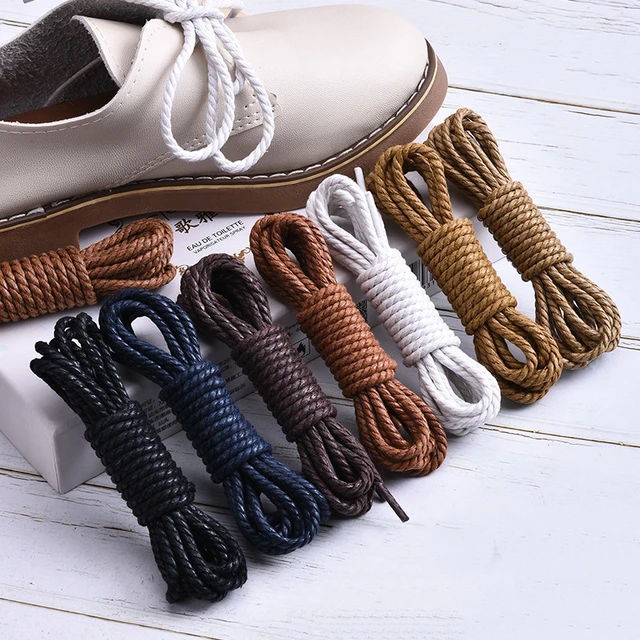Introduction:
Hiding shoelaces can give your footwear a cleaner, more streamlined appearance, which is particularly desirable for certain outfits or formal settings. There are various methods to tuck away or conceal shoelaces effectively, each with its own unique approach and benefits. This guide explores different techniques in detail for those seeking a tidier look to their footwear.
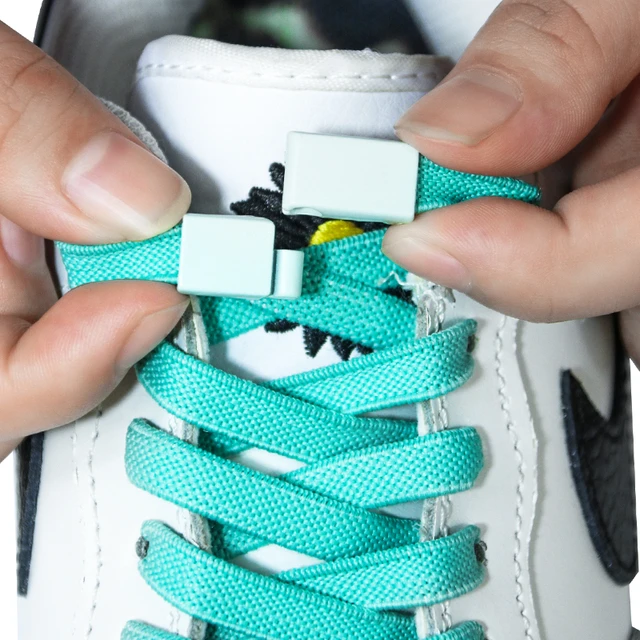
How to Hide Shoelaces:
What Are the Best Techniques for a Sleek Look?
Understanding the Basics:
Why Might You Want to Hide Your Shoelaces?
Knowing the reasons behind wanting to hide shoelaces can help you choose the best method for your needs.
Aesthetic Appeal:
Streamlined Look:
Fashion Statement: Hiding shoelaces can provide a more polished and sophisticated look, making it ideal for formal occasions, work settings, or fashion-forward outfits.
Minimalist Style: A minimalist aesthetic often calls for clean lines and fewer visible elements, which hiding shoelaces can help achieve.
Practical Reasons:
Avoiding Tripping:
Safety Concerns: Hidden shoelaces are less likely to come undone, reducing the risk of tripping or getting caught in machinery or bike chains, making this technique beneficial for athletes and workers.
Preventing Wear: Concealed shoelaces can experience less wear and tear, extending their lifespan and maintaining a neat appearance longer.
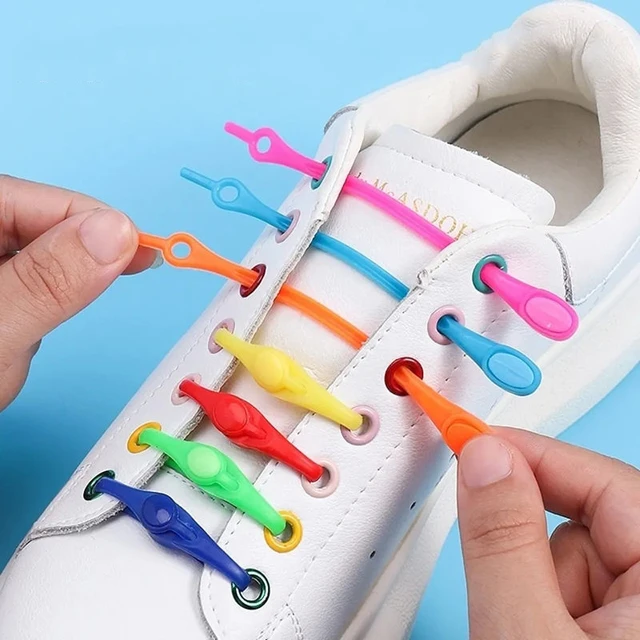
Hiding in Plain Sight:
What Are Some Popular Methods to Hide Shoelaces on Shoes?
Several tried-and-tested methods exist for hiding shoelaces, each suitable for different shoe types and personal preferences.
Tucking Method:
Simple and Effective:
Basic Technique: After lacing your shoes as usual, tuck the remaining lace ends under the shoe’s tongue. This method is quick and straightforward, keeping laces out of sight.
Securing Laces: Ensure the laces are securely tucked to prevent them from shifting or coming loose. Adjust the tightness to balance comfort and security.
Pros and Cons:
Advantages: This method is easy to execute and requires no additional tools or modifications to the shoes.
Disadvantages: The laces may still shift or become visible during extended wear or physical activities.
Inside-Out Lacing:
Reversing the Laces:
Lacing Technique: Lace your shoes from the inside out, starting from the first set of holes closest to the toe. Thread the laces through the eyelets such that most of the lace remains on the inside of the shoe.
Concealing the Ends: Tie a knot with the lace ends inside the shoe or tuck them under the insole if possible. This keeps them hidden from view while maintaining the shoe’s integrity.
Pros and Cons:
Advantages: This method is effective at fully concealing the laces and can be quite comfortable with limited movement of the laces.
Disadvantages: This technique might require some adjustment for comfort and can be slightly more complicated to execute properly.
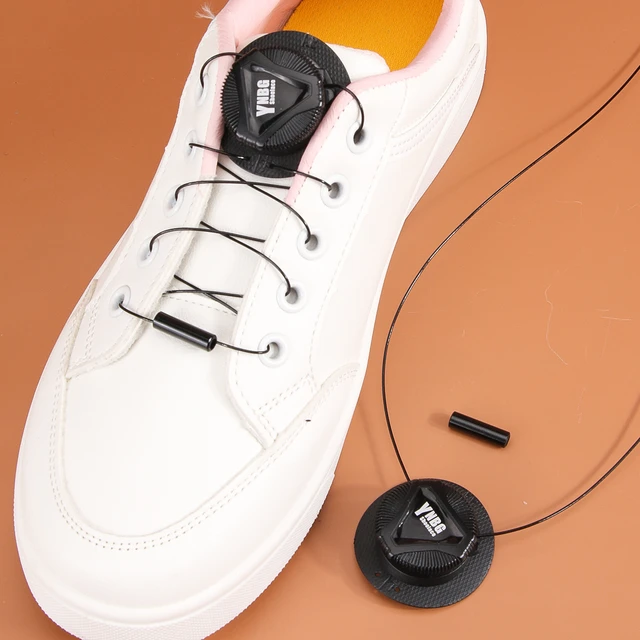
Elastic Laces:
Replacing Traditional Laces:
Elastic Alternatives: Consider using elastic laces designed to stay in place without the need for tying. These create a slip-on effect, keeping laces hidden and maintaining ease of use.
Installation: Replace your traditional laces with elastic ones, adjust them to the desired tightness, and secure them using the provided clips or locks.
Pros and Cons:
Advantages: Elastic laces eliminate the need for tying and adjusting, offering convenience and a consistently clean look.
Disadvantages: They may not provide the same level of tightness control as traditional laces and vary in suitability for different shoe types.
Hidden Knot Method:
Creating a Concealed Knot:
Lacing for Hiding: Lace your shoes traditionally but leave the laces slightly loose at the top. Tuck the ends into the shoe and tie a knot under the shoe’s tongue or inside the shoe.
Securing the Knot: Ensure the knot is tight and secure to prevent loosening. Adjust the lacing to achieve the desired snugness.
Pros and Cons:
Advantages: This method provides a secure way to hide laces without altering the shoe’s appearance significantly.
Disadvantages: The knot might cause some discomfort if not positioned correctly, and adjustments may be needed.
Integrated Lacing Systems:
Design Features:
Specialized Shoes: Some shoes are designed with integrated lacing systems that hide laces within the shoe’s structure. This method is common in high-performance athletic shoes and certain fashion-forward designs.
Pros and Cons:
Advantages: Integrated systems often provide excellent performance, convenience, and a sleek appearance with minimal effort.
Disadvantages: These shoes tend to be more expensive and offer less flexibility in lace customization compared to traditional lacing methods.
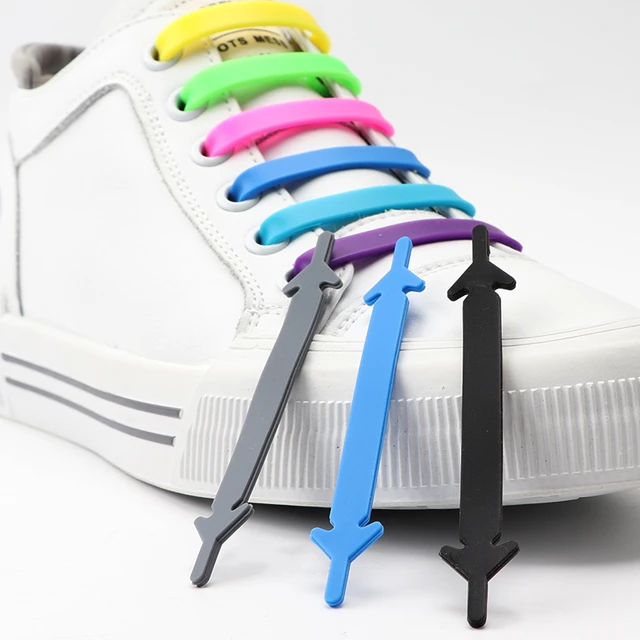
General Tips:
How Can You Ensure Comfort and Security While Hiding Shoelaces?
When concealing shoelaces, maintaining comfort and security is essential to avoid compromising functionality.
Proper Adjustment:
Balancing Tightness:
Tightness Control: Ensure the laces are tightened enough to provide support but not so tight that they cause discomfort or restrict blood flow.
Periodic Adjustment: Check the fit periodically, especially during activities, to make necessary adjustments and maintain optimal comfort.
Secure Fastening:
Avoiding Slippage:
Double Checking: Double-check the laces’ positioning and fastening before engaging in physical activities to prevent slippage and ensure they remain hidden.
Using Additional Fasteners: Consider using additional fasteners or lace locks to secure the laces more effectively if needed.
Shoe Compatibility:
Evaluating Shoe Type:
Compatibility Check: Not all methods are suitable for every shoe type. Evaluate your shoes to determine the most compatible lacing technique for hiding laces.
Customization: Be open to customizing or modifying your approach based on the shoe’s design and your comfort preferences.
Maintenance:
Regular Cleaning:
Hygiene: Regularly clean and inspect your shoes and laces to maintain hygiene and longevity. Hidden laces may accumulate dirt and odors if neglected.
Replacing Worn Laces: Replace worn or damaged laces promptly to ensure security and prevent discomfort.
Practical Applications:
When Should You Consider Hiding Your Shoelaces for Style or Function?
Understanding when to hide your shoelaces can help you determine the best application for each method.
Formal Attire:
Sleek Appearance:
Professional Settings: Hiding shoelaces can enhance the appearance of dress shoes or formal footwear, making them more suitable for business meetings, formal events, and professional settings.
Fashion Statements: Incorporating hidden shoelaces can contribute to a cleaner, more polished look, complementing high-end fashion outfits or minimalist styles.
Athletic Activities:
Sports and Exercise:
Performance Enhancement: During sports or physical activities, hidden shoelaces reduce the risk of tripping or interference, enhancing performance and safety.
Convenience: Methods like elastic laces can provide convenience for quick changes and adjustments, making them popular among athletes and fitness enthusiasts.
Everyday Wear:
Casual Style:
Simplified Routine: For everyday wear, hidden shoelaces can simplify your routine, providing a neat appearance without constant adjustments.
Versatility: These methods can be adapted to various casual shoe types, offering versatility and practicality.
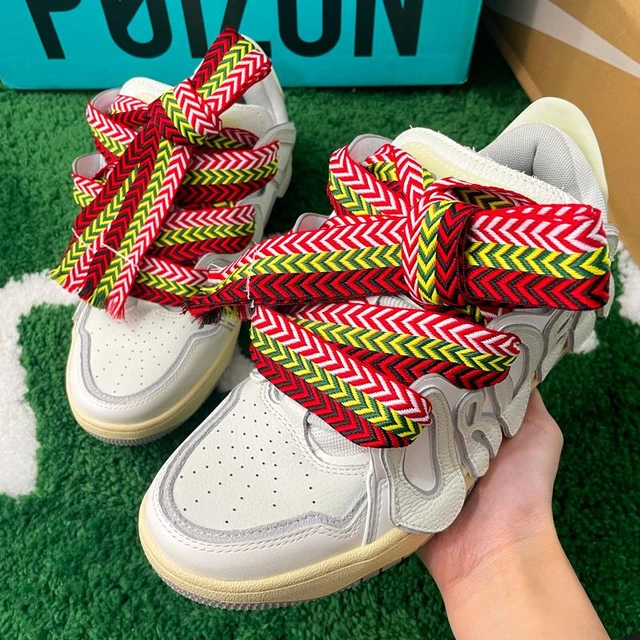
Eco-Friendly Alternatives:
What Sustainable Options Are Available for Shoelaces?
For those interested in sustainability, eco-friendly shoelace options can complement the effort to hide laces.
Sustainable Materials:
Eco-Friendly Laces:
Recycled Materials: Look for shoelaces made from recycled materials, such as recycled plastics or natural fibers like cotton or hemp.
Biodegradable Options: Consider biodegradable laces that decompose naturally, reducing environmental impact.
Durable Choices:
Longevity: Opt for durable, high-quality laces that last longer, decreasing the need for frequent replacements and minimizing waste.
Brands and Products: Research brands that prioritize sustainability and ethical production practices for your shoelace needs.
Conclusion
Hiding shoelaces can enhance the aesthetic, functionality, and safety of your footwear. By understanding various methods like tucking, inside-out lacing, elastic alternatives, and integrated lacing systems, you can choose the best approach to achieve a sleek and polished look. Prioritizing comfort and security while experimenting with different techniques ensures an optimal fit for diverse shoe types and occasions. Whether for formal attire, athletic activities, or everyday wear, hidden shoelaces contribute to a cleaner, more streamlined appearance, complementing your style and enhancing your overall experience.
